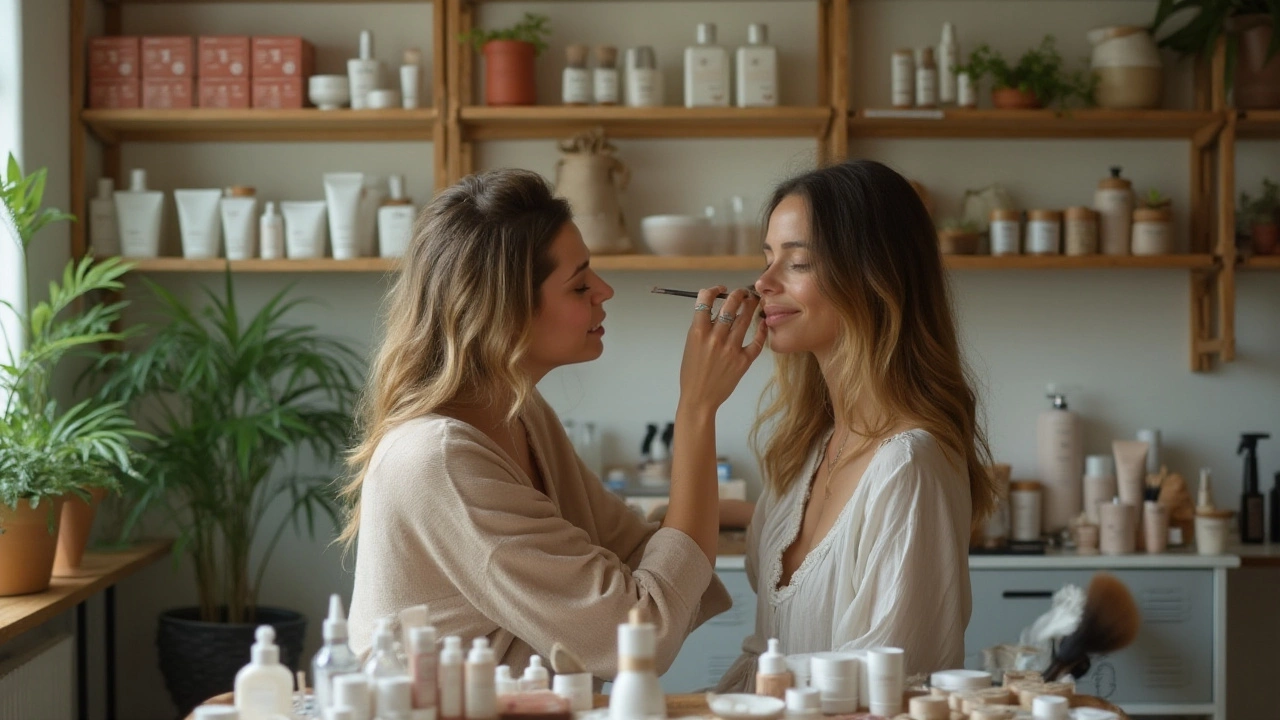Clean Beauty: Simple Steps for Safe, Sustainable Skincare
Clean beauty is buzzing, but it can feel fuzzy. At its core it means using products that are free from harsh chemicals and that don’t hurt the planet. You don’t need a chemistry degree to spot them – just a few easy checks. Below you’ll get straight‑forward ways to make your routine cleaner without turning it upside down.
What Is Clean Beauty?
Think of clean beauty as a two‑part promise. First, the ingredients list should avoid known irritants like parabens, sulfates, and synthetic fragrance. Second, the brand should source responsibly – meaning less waste, greener packaging, and fair labor. When a product checks both boxes, it’s likely a good fit for most skin types.
One quick trick is to look at the first three ingredients. If they’re recognizable (like aloe, jojoba oil, or shea butter) you’re probably safe. Anything that sounds like a chemical code (e.g., “PEG‑40 hydrogenated castor oil”) is a red flag. You can also search the product on a site that rates toxicity, but a simple glance often does the job.
Quick Clean‑Beauty Swaps for Your Routine
Ready to upgrade? Start with the basics you already use. If you’re still layering a toner with alcohol, switch to a gentle, water‑based mist. It hydrates without drying out your skin. Our recent post on the right order to apply skincare shows how swapping the order can boost results too – try applying serum before moisturizer for better absorption.
Next, ditch disposable makeup wipes. A reusable cotton pad with micellar water works just as well and cuts waste. For foundation, look for mineral‑based formulas that list zinc oxide or titanium dioxide first. They give coverage without heavy synthetic pigments.
Don’t forget your bathroom shelf. Many people keep an old bottle of shampoo that’s full of sulfates. Replace it with a sulfate‑free option or a solid shampoo bar. It lasts longer, reduces plastic, and still cleans well.
If you love a pop of colour, go for brands that use plant‑based pigments. They’re usually listed as “beetroot extract” or “spirulina powder.” Not only are they safer, they often taste better on skin if you accidentally get some on your lips.
Lastly, think about the bigger picture. Buying from companies that practice sustainable fashion (like the sustainable fashion brands we covered) often means the same clean‑beauty values apply to their packaging. Look for recyclable jars, cardboard boxes, or refill stations.
Making a few swaps doesn’t mean you have to spend a fortune. Many clean‑beauty products are affordable and can even replace several expensive items in your cabinet. Keep an eye on sales and try sample sizes before committing.
In short, clean beauty is about two things: safe ingredients and eco‑friendly practices. Scan ingredient lists, choose brands that care about the planet, and replace a few everyday items. Your skin will thank you, and you’ll feel good about the impact you’re making.
